I've long been skeptical about the "Maya Apocalypse" scheduled for December of this year. My reasoning is pretty straightforward. With all the hysteria kicked up by New Age groups going on, researchers got in touch with some Maya daykeepers in Central America. In the Maya tradition, the term "daykeeper" refers to those who are trained to maintain and interpret the Maya calendar. The daykeeper line remained unbroken even during the Spanish conquest of Mexico and endures to this day, and what these experts from the actual Maya tradition had to say about the "apocalypse" date is that it has nothing to do with the end of the world, just the top date on the calendar flipping to the next highest number. In other words, people who thought that the transition from 1999 to 2000 would be apocalyptic for essentially the same reason are just at it again with a calendar that's unfamiliar to most Westerners. Didn't they learn their lesson the first time?
At any rate, a recent archaological dig has managed to turn up a Maya artifact with a reference to the 2012 date, but it unsurprisingly occurs in a non-apocalyptic context. The artifact, discovered in Guatamala, is a monument erected by a ruler who lived about 1300 years ago and wished to associate himself with the 2012 date. I imagine the monument inscription had a similar to meaning to someone declaring that their legacy would endure until the next millenium or something similar. Rather than apocalyptic, archaeologists believe that the reference is intended to communicate the endurance and continuity of the ruler's particular dynasty. 13 Bak'tun is the Maya date that begins on December 21, 2012.
So there you have it. There's still no evidence whatsoever that the Maya predicted an apocalypse or even an apocalyptic event for 13 Bak'tun. It's just a new calendar cycle akin to the turning of millenia in our base-100 calendar. My guess is that the Maya will celebrate the date much as we celebrated the year 2000 and that will be that. I remember back when folks were worried about Y2K in the countdown to 2000, and how my geeky friends and I sat on the Internet and monitored the news as the calendar flipped over. I'll never forget the headline that New Year's Eve - "Crisis-Free Millenium Spreads Across the Globe." From the lack of evidence for the "Maya Apocalypse," it sounds like we're due for another.
At any rate, a recent archaological dig has managed to turn up a Maya artifact with a reference to the 2012 date, but it unsurprisingly occurs in a non-apocalyptic context. The artifact, discovered in Guatamala, is a monument erected by a ruler who lived about 1300 years ago and wished to associate himself with the 2012 date. I imagine the monument inscription had a similar to meaning to someone declaring that their legacy would endure until the next millenium or something similar. Rather than apocalyptic, archaeologists believe that the reference is intended to communicate the endurance and continuity of the ruler's particular dynasty. 13 Bak'tun is the Maya date that begins on December 21, 2012.
Archaeologists working at the site of La Corona in Guatemala have discovered a 1,300 year-old year-old Maya text that provides only the second known reference to the so-called “end date” for the Maya calendar on December 21, 2012. The discovery, one of the most significant hieroglyphic find in decades, was announced today at the National Palace in Guatemala.
“This text talks about ancient political history rather than prophecy,” says Marcello A. Canuto, Director of Tulane’s Middle American Research Institute and co-director of the excavations at the Maya ruins of La Corona. “This new evidence suggests that the 13 Bak’tun date was an important calendrical event that would have been celebrated by the ancient Maya; however, they make no apocalyptic prophecies whatsoever regarding the date,” says Canuto.
La Corona for many decades has been known as the enigmatic “Site Q,” the source of many looted sculptures whose whereabouts had remained a mystery until its rediscovery only fifteen years ago. For the past five years, Marcello A. Canuto and Tomás Barrientos Q. (Director of the Centro de Investigaciones Arqueológicas y Antropológicas at Universidad del Valle de Guatemala) have directed the La Corona Regional Archaeological Project (PRALC) which has been investigating this intriguing Classic Maya city and its jungle environs.
So there you have it. There's still no evidence whatsoever that the Maya predicted an apocalypse or even an apocalyptic event for 13 Bak'tun. It's just a new calendar cycle akin to the turning of millenia in our base-100 calendar. My guess is that the Maya will celebrate the date much as we celebrated the year 2000 and that will be that. I remember back when folks were worried about Y2K in the countdown to 2000, and how my geeky friends and I sat on the Internet and monitored the news as the calendar flipped over. I'll never forget the headline that New Year's Eve - "Crisis-Free Millenium Spreads Across the Globe." From the lack of evidence for the "Maya Apocalypse," it sounds like we're due for another.















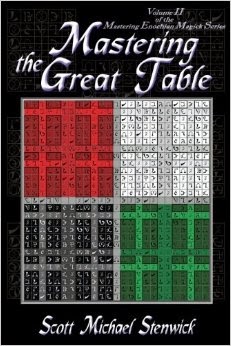

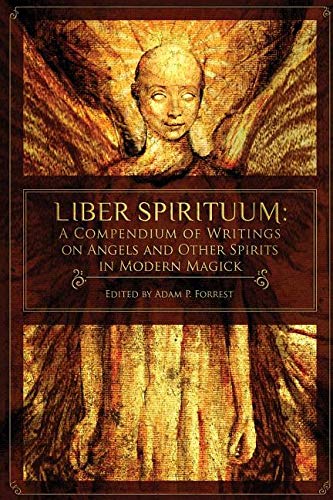
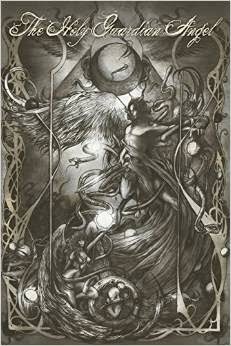

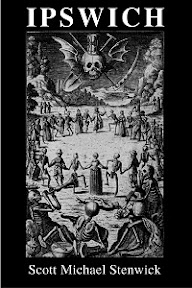
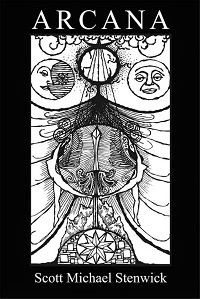

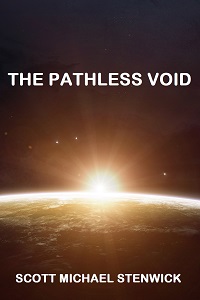

No comments:
Post a Comment